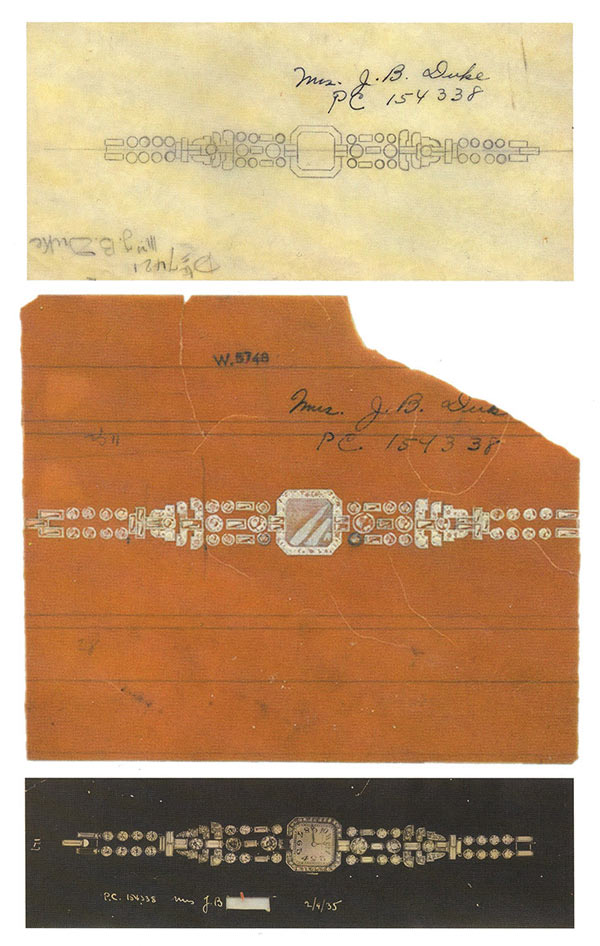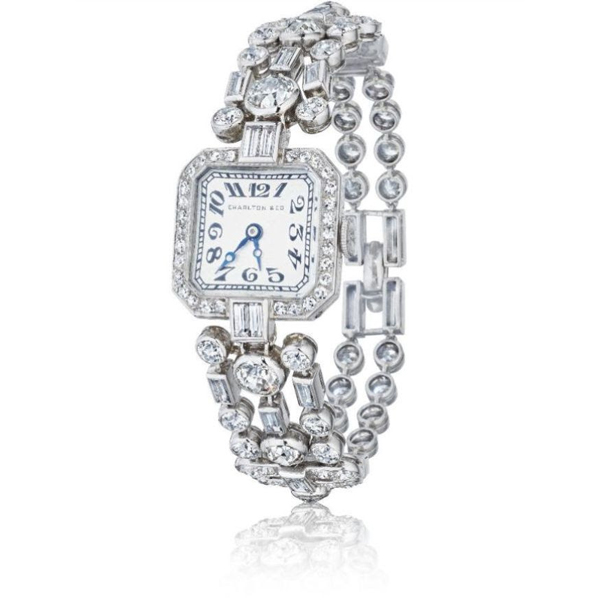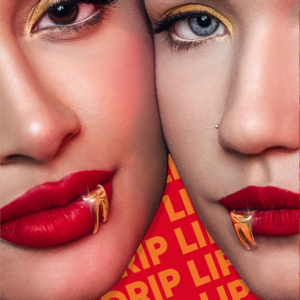
Five days before Christmas in 1922, American tobacco and electric power industrialist James Buchanan Duke (best known for creating the American Tobacco Co. in 1890, and today, perhaps, as the patron of Duke University) went to jewelry house Charlton & Co. in Manhattan and purchased a diamond wristwatch with a pearl band—a holiday gift for his second wife, Nanaline. Sadly, just three short years later, James died, leaving behind Nanaline and their (and his) only child, Doris (to whom he left half of his fortune, giving her the title of “the richest girl in the world”; the other half went to charity).

After her husband’s death, Nanaline commissioned Cartier to update the watch’s band, enlisting none other than the head of Cartier’s New York branch, Pierre Cartier. Using an assortment of mixed-cut diamonds to form a cross pattern, he replaced the original pearl band with an exquisite openwork bracelet, totaling 8 carats in diamonds.

Nearly 30 years later, upon Nanaline’s passing, Doris inherited the piece (along with the rest of her mother’s jewelry and a fur coat), which integrated seamlessly into her lavish—yet philanthropic—lifestyle and extensive collection of both family and bought jewels. Following the charitable example set by her father, she’s credited for creating one of the country’s largest foundations in the field, the Doris Duke Charitable Foundation, and donating more than $400 million (in today’s estimate) throughout her lifetime.
Now, the piece that’s so personal to the Duke family and representative of the refinement of the art deco age, as well as a testament to Cartier craftsmanship, is available for purchase. And hopefully, it will encourage the same philanthropic efforts in its new owner.
Top: A photograph of Doris Duke by Cecil Beaton, circa 1930 (photos courtesy of Siegelson)
Follow me on Instagram: @anniedavidson
Follow JCK on Instagram: @jckmagazineFollow JCK on Twitter: @jckmagazine
Follow JCK on Facebook: @jckmagazine






